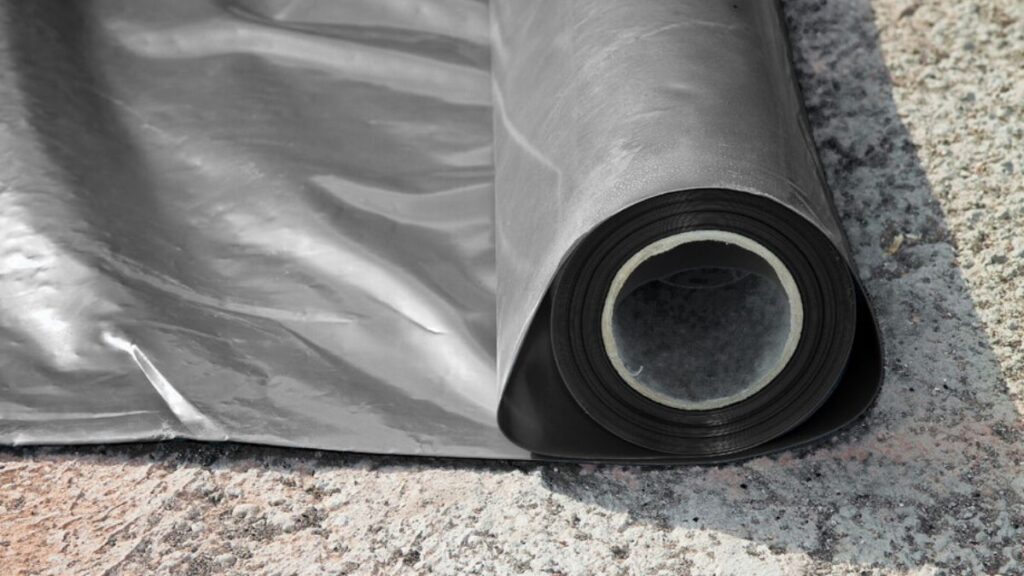Introduction to Visqueen and its uses
Visqueen, a popular brand of polyethylene sheeting, has made its mark across various industries. From construction to agriculture and even packaging, this versatile material is often hailed for its durability and waterproof qualities. But while it serves practical purposes in our daily lives, many people are unaware of the environmental consequences associated with its use. As we navigate through an era increasingly focused on sustainability, it’s essential to look deeper into how products like Visqueen impact our planet. Understanding both the benefits and drawbacks can empower us to make better choices that align with eco-friendly values. Let’s delve into the complexities surrounding Visqueen and discover what you really need to know about its environmental footprint.
Negative Effects on the Environment
Visqueen, while useful in construction and agriculture, can have significant environmental repercussions. Its primary component is plastic, which takes centuries to decompose. This prolonged breakdown contributes to the accumulation of plastic waste in landfills and natural environments.
When Visqueen is improperly disposed of, it often ends up in oceans and waterways. Marine life may ingest or become entangled in these materials, leading to injury or death. The impact on ecosystems can be devastating.
Moreover, the production process for Visqueen involves fossil fuels, releasing greenhouse gases that contribute to climate change. As demand increases for this versatile material, so does its carbon footprint.
The leaching of chemicals from degraded plastics into soil and water systems poses additional risks. These toxins can disrupt local wildlife and contaminate drinking water sources.
Understanding these negative effects is crucial for making informed decisions about using Visqueen responsibly.
Environmental Regulations and Restrictions
Governments worldwide have recognized the environmental challenges posed by materials like visqueen. As a result, various regulations are in place to manage its production and use.
In many regions, stringent guidelines dictate how visqueen can be manufactured. These standards aim to reduce harmful chemical releases during the production process. Some countries also limit specific additives commonly found in plastic sheeting that may have adverse effects on ecosystems.
Disposal practices are another area of focus. Regulations often require businesses to follow proper waste management protocols when disposing of visqueen products. This helps prevent contamination of soil and waterways.
Moreover, initiatives promoting recycling and alternative materials are gaining traction. Many areas now encourage or mandate companies to explore eco-friendly options as substitutes for traditional visqueen products, pushing industries toward greener alternatives while safeguarding the environment.
Alternatives to Visqueen
When considering alternatives to visqueen, eco-friendly options are gaining traction. One popular substitute is biodegradable film made from plant-based materials. These films break down naturally, reducing the long-term environmental footprint.
Another option is recycled plastic sheeting. This not only diverts waste from landfills but also conserves resources by reusing existing materials.
Natural fiber mats provide a sustainable choice for ground cover in landscaping projects. They allow water and air to permeate while suppressing weeds without harmful chemicals.
For construction purposes, using breathable membranes made from polypropylene can be effective as well. They offer durability while being less damaging to the ecosystem.
Exploring these alternatives opens up pathways toward more responsible choices that benefit both your projects and the planet’s health.
How to Dispose of Visqueen Properly
Disposing of Visqueen properly is crucial for minimizing its environmental impact. First, check your local waste management guidelines. Many areas have specific rules regarding plastic disposal.
If the Visqueen has been used in construction or similar projects, consider recycling. Some facilities accept clean plastic sheeting, but it’s essential to ensure it’s free from contaminants like paint or chemicals.
For small amounts, cutting the material into manageable pieces can help fit it into regular trash bins if no recycling options are available. Always double-check that the plastic won’t pose a hazard during collection.
When possible, contact local recycling centers to inquire about their policies on Visqueen. They may provide valuable resources and suggestions tailored to your region.
Educating yourself on proper disposal methods contributes significantly to reducing landfill waste and protecting our environment from harmful plastics.
The Future of Visqueen and Sustainable Options
The future of Visqueen is evolving as environmental concerns take center stage. Manufacturers are now exploring eco-friendly alternatives, aiming to reduce plastic waste and its harmful effects.
Innovative materials like bioplastics are making waves in the industry. These options offer similar protective qualities without the long-lasting impact on our planet.
Recycling programs are also gaining traction. By encouraging consumers to return used Visqueen for proper processing, we can minimize landfill contributions and promote a circular economy.
Research into biodegradable variants promises exciting advancements as well. This could lead to products that break down naturally over time, easing the burden on ecosystems.
Collaboration between companies, governments, and environmental organizations will be crucial in driving this shift. Together, they can establish guidelines that prioritize sustainability while meeting market demands effectively.
Conclusion: The Importance of Making Eco-Friendly Choices
Making eco-friendly choices is more critical than ever as we navigate our environmental responsibilities. The widespread use of visqueen has undeniable benefits, particularly in construction and agriculture, but its impact on the planet cannot be overlooked. By understanding both its negative effects and exploring sustainable alternatives, individuals and businesses can make informed decisions that align with their values.
Embracing greener options not only contributes to a healthier environment but also supports innovations in materials that prioritize sustainability over convenience. As consumers become more conscious of their choices, there’s a growing demand for products that minimize harm to our ecosystems.
The journey towards sustainability requires collective effort and awareness. Choosing wisely today will shape the world for future generations. Prioritizing eco-friendly practices isn’t just beneficial; it’s essential for fostering a thriving planet where nature can flourish alongside human innovation. Each choice counts—let’s make them matter.






